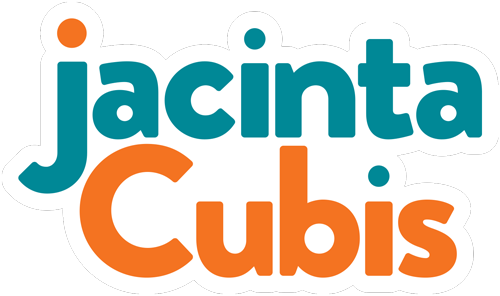Discussion
Last time I talked about the loudest ‘yes’ and what impact that can have on a decision. Often it’s a decision that doesn’t stick.
That decision is preceded by discussion in my Decisions that Stick workshops. Now, that's a nice example of ‘i’ before ‘e’ except after ‘c’.
What people mean by discussion can differ, as I saw last week.
In the middle of a ‘discussion’, a group of leaders were suddenly fascinated by their own navels.
Or notepads.
Or phones.
Almost every head was bowed in silent acquiescence.
Whenever their garrulous colleague had the floor.
And she had it a lot.
She held is so tightly that she almost became a fixture, like the inconvenient column in the middle of the spacious room.
It proved a bit of an obstacle to avoid in the workshop as people moved around.
She was becoming an obstacle to discussion.
She talked and they averted their eyes. And probably their ears.
She wanted ‘discussion’ and was frustrated with their lack of engagement.
How did I respond? I’ll get to that shortly.
Cartoon: Jacinta Cubis
I’d be warned about her in the lead up to the workshop.
I was told that I had my work cut out for me ‘managing’ this person. That lead to a chat about mutual responsibility for the success of the workshop.
But back to the ‘warning’.
I discourage clients from warning me about the ‘difficult’ people coming to a workshop – be they colleagues, stakeholders or vocal community members.
I’d rather not know.
For a start, ‘difficult’ is a perception.
They may have a lot to say and with passion. To me, that’s energy to be milked for the benefit of the group. Not something, or someone, to be ‘shut down’ or ‘shut up’.
——-
So how did I respond?
Just like in the design stage with my client, we had a conversation about how we could all contribute to the success of the workshop.
We talked about what people would bring – things like curious questions and open ears - and what they would leave behind – their to-do list or frustration with a project.
Then they came up with a shared agreement on how they wanted to work together. Everyone wrote down a few things about what they needed to be able to contribute.
For the ‘difficult person’ it was ‘good discussion’.
The whole group we talked about what that looked like. For them it was:
Make sure ‘not always’ is the first dot point as below – it wasn’t in original email you sent me.
Not always being the first to speak.
Pausing for breath.
Listening with attention, not acquiescence.
Asking curious questions.
Being open to different perspectives.
Noticing how people respond to what you say.
Letting people finish their own sentences.
Silently counting to three before jumping in to have your say.
A helpful list, that they ignored.
At the start. I let Ms. Garrulous run. I left her colleagues to avert their eyes and stare at their navels or phones.
For a bit.
Then I asked them to notice what was happening.
Was there discussion or speeches?
Were people really listening?
Or just waiting for their turn to speak?
Was the air being shared?
They checked what was happening with what they said a good discussion looked like.
I also introduced a speaking clock to use every now and then.
It didn’t take much to vary the voices in the discussion.
It wasn’t perfect. It never is. But the list of behaviours kept it (fl)awesome.
How did the discussion go in the last workshop you were in? Did one person do most the talking? Was their silent acquiescence?
And what did your facilitator do about it?
Thanks for reading this far.
Stay (fl)awesome!

